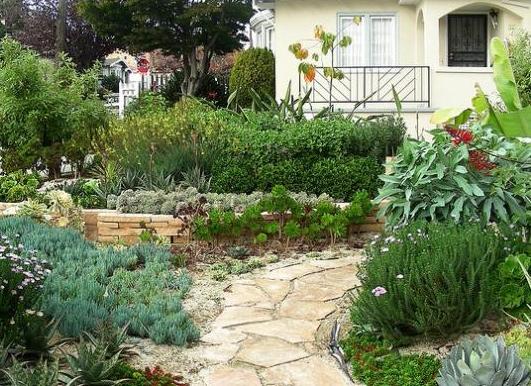Urban Habitats
We are aware that urbanization poses a great strain on our fragile ecology and is rapidly consuming habitable lands from the wildlife. Our wastes and ways are not only polluting and contaminating our water, air and soil but also adversely affecting our ecosystem and human health. Moreover, most beneficial insects and pollinators are rapidly declining creating an imminent threat to our future food production
Recognizing our responsibility, we can create native, holistic and chemical-free gardens and landscapes in our homes to proactively participate in the healing and restoration process.
While urbanization may have contributed to loss of habitat, creating urban habitats with native plant and beauty is a viable solution to gradually bring back the natural balance and ensure the health and future of all species.
Why Use Native Plants
Evolution and Adaptation
Our region’s native flora and fauna have evolved to thrive in the local climate. Their adaptation to the seasonal and cyclical weather patterns make them tolerant to both, flooding and drought. These plants not just add natural beauty to our yards but also draw in a variety of pollinators, birds and small mammals that have relied on these plants for food and refuge for thousands of years.
Non-Toxic
These wonderful native florae have much stronger defense mechanisms against many pests and diseases as they have evolved with a heightened resilience against these threats, eliminating the need to use pesticides in our gardens and creating a safer environment for our families and the eco-system.
In addition, native plants have evolved without artificial fertilizers and, in fact, do not require soil amendments. These synthetic amendments provide a nutrient boost to plants rushing some to grow at unsustainable speeds causing burnouts. A wiser solution is sheet mulching which discourages weed germination, retains moisture much longer and is an excellent breeding ground for beneficial bacteria and yeast colonies that slowly release nutrients back to the plants.
Ecology
Native wildlife prefers native plants for sustenance and shelter. Attracting pollinators, hummingbirds, beneficial insects and other wildlife to our gardens will not only boost its yield but also keep them free of mosquitoes, pests and harmful bugs.
Conservation
Once established, native plants require very little water. Many just rely on the seasonal rains to sustain them throughout the year as they go dormant during summer to conserve energy and withstand drought. This unique adaptation is not seen in non-native plants so many local gardeners take advantage of this feature to gain significant saving in water and energy usage. Moreover, any waste from the yard can be recycled into an organic matter and reapplied for a self-sustained fertility.
Low Management
Native gardens thrive on very little pruning and care. Their slower growth rates, stronger immunity and non-reliance to pesticides or fertilizers should give us enough incentive to make them an essential part of our landscapes.
Smart Yards employs all this wisdom and takes it a step further by creating very low maintenance landscapes by eliminating the need for any mowing or blowing. Homeowners can enjoy a noise and dust-free environment and save valuable resources, including time, effort and money. With a Sustainable Smart Yard you become a part of the solution, cultivate a safer and cleaner environment, support our fragile ecosystem and contribute to the health of our planet.



